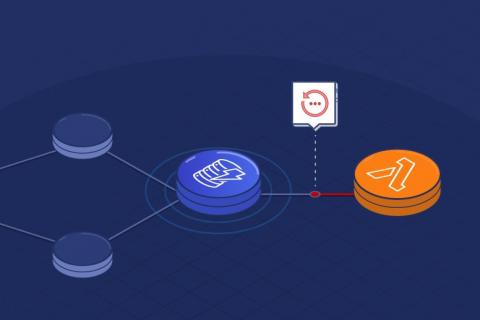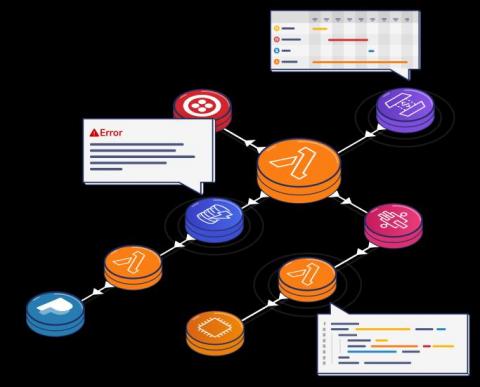How to Debug Slow Lambda Response Times
When you build your application on top of Lambda, AWS automatically scales the number of “workers” (think containers) running your code based on traffic. And by default, your functions are deployed to three Availability Zones (AZs). This gives you a lot of scalability and redundancy out of the box. When it comes to API functions, every user request is processed by a separate worker. So the API-level concurrency is now handled by the platform.







